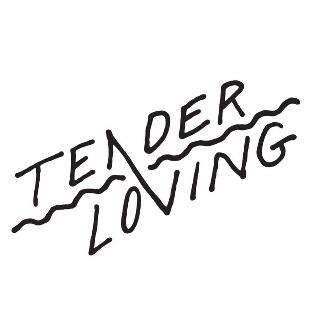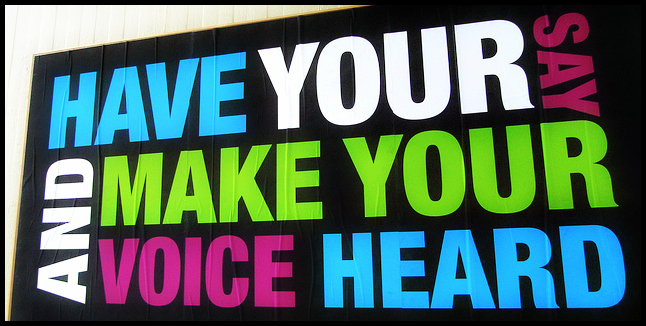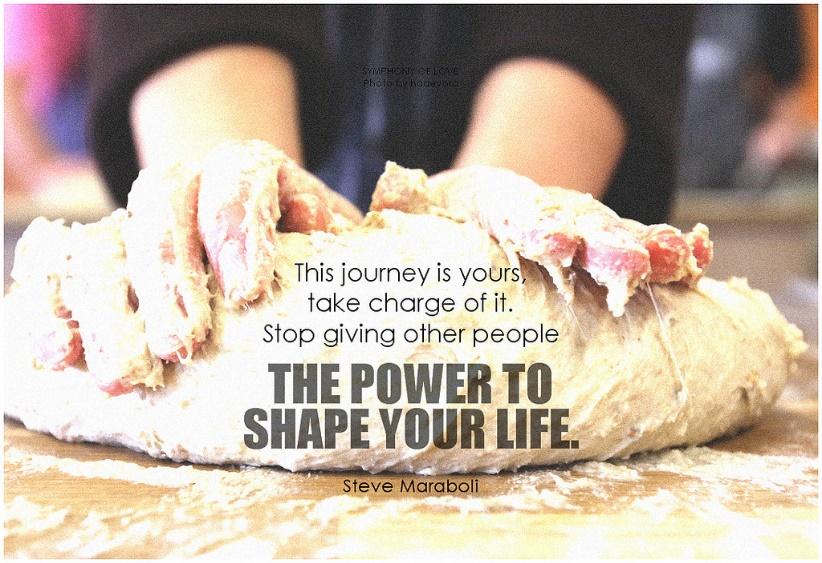By Gabby French
In the height of the Coronavirus pandemic, Prin Mayowa who had a job canceled on her due to the pandemic, instead of moping decided to be proactive in building her portfolio. Along this journey, she wrote and published a book to add to her success.
Prin, a 2016 graduate of Journalism and Public Relations at Chico State talks to us about her journey since leaving Tehama Group Communications. When the time finally came after graduation, Prin found her first job just by connections, she reached out to a fellow Tehama Group Communications alum from the previous semester and got a job working in an agency in Santa Monica.
She did not stay at the agency long but still had a great experience and got her first taste of working in the entertainment industry. The environment at the agency was great but there was not a wide range of diversity, which ended up being a huge part of Prin’s career. Entertainment and music was not what she had always envisioned for herself, she wanted to start in fashion when she was still in college.
She had interned at a small boutique firm called Reach the Masses, and from there, grew and realized that is not exactly where she wanted to land. In 2017 she worked as a publicist’s assistant for Jim Gaffigan and Judd Apatow. After working that job she said that she saw the very dark sides of the entertainment industry.
After only working there for a short period of time, Prin decided to create her own PR firm. She partnered up with a past colleague from Reach the Masses who had a background in marketing, and together they formed Broken Clock Public Relations.
“School only gives you the tools, it is up to you to use them and adapt, what you learn in the classroom is just the foundation.”
– Prin Mayowa
It took them a little while to gain traction, but after reaching out to different establishments, they finally landed their first client! A winery in Burbank, it started out amazing but they ran into a very big problem. After working with this winery for about two months, they were fired and all their intellectual property was stolen by this winery.
They kept all reports and newsletters that Prin and her partner created for them and used them all after they were fired. Getting fired was a big hit for them and they had to pause and take a look at their company. They did a SWOT (strengths, weaknesses, opportunities, and threats) analysis on themselves and decided to get back in the field after.
From there, they landed one more client, Plunge, an ocean front restaurant in Long Beach, California. At this time, Prin’s partner decided that this was no longer a good fit for her and decided to leave the firm.
With her partner choosing to walk away, it now became Prin’s responsibility to work with their clients and focus on both PR and marketing. It was at this time in her career path where the music industry came into her view.
Prin was introduced to the industry while working with the winery in Burbank, when an artist who had performed at the location had reached out to her. The artist was impressed with the way Prin wrote, and was hoping that Prin would work with her for even a small rate. This was her first taste of the music industry. Prin decided that she wanted to just work with the artist Tamika, so she finished and closed out all her accounts.
“The way you exit any situation says more about your character,” Prin said.
Prin worked with Tamika for a while, and ended up becoming her head manager. Tamika was asked to audition on The Voice two times, and after some time Prin decided it was her time to move on to strictly PR or marketing jobs.
She found herself working for the Los Angeles Philharmonic, which was a shock to her because she was not very familiar with that type of musical background. Prin worked closely in promotional efforts for them, including activism and social justice. This was important to her, so when the Los Angeles Philharmonic wanted to create a musical center in Inglewood, Prin spoke up and voiced her concerns with that. She thought that they first had to establish themselves in that community before just taking over a space. They created community outreach events so that people could get familiar with them before creating that space.
You can now find Prin working with Hip Hop DX as a social media coordinator, who is in line to be a social media manager. Her advice to upcoming graduates:
“School only gives you the tools, it is up to you to use them and adapt, what you learn in the classroom is just the foundation,” Prin concludes.


















